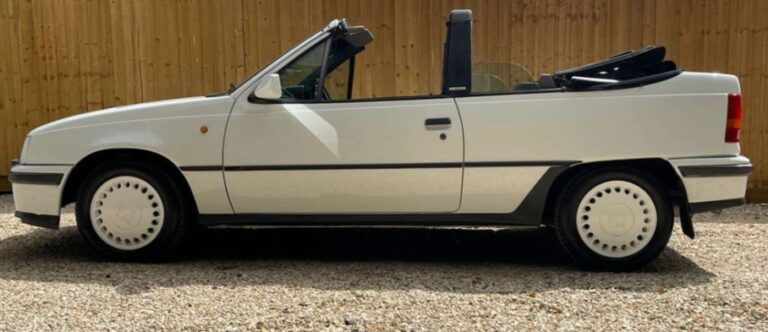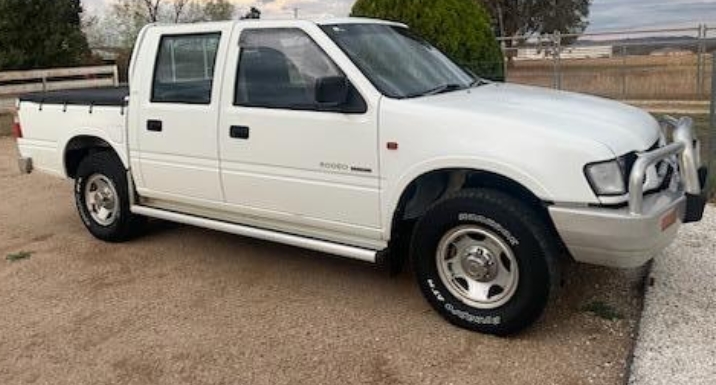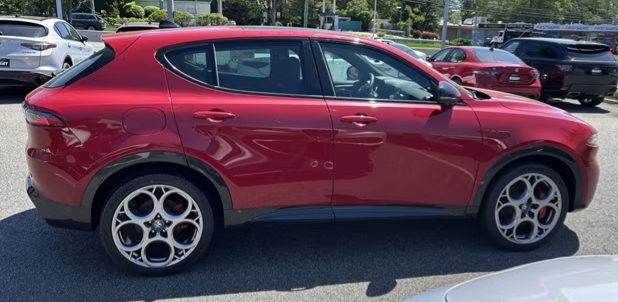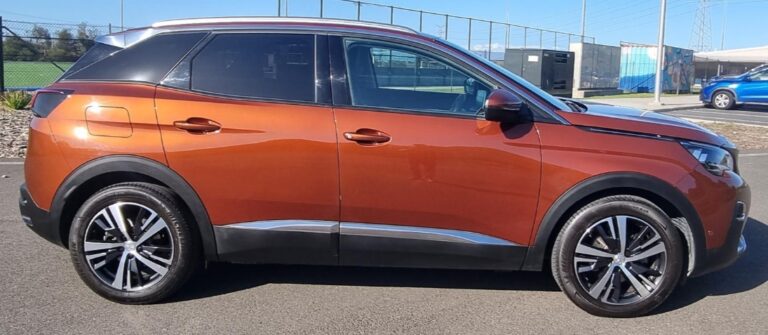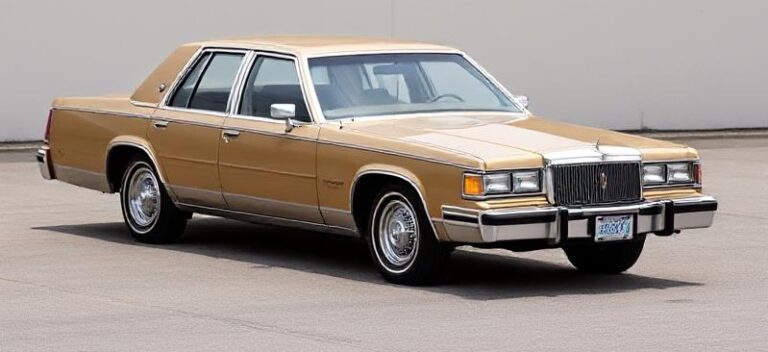The Evolution of the Citroën Evasion
The Citroën Evasion, known in some markets as the Citroën Synergie, is a versatile and innovative multi-purpose vehicle (MPV) that played a significant role in the European automotive landscape during the 1990s and early 2000s. Its evolution reflects Citroën’s commitment to combining practicality, comfort, and distinctive design. This article traces the development of the Citroën Evasion from its inception to its discontinuation, detailing its production timeline, models, and trim levels.
Origins and Introduction (1994)
The Citroën Evasion was officially launched in 1994 as a replacement for the aging Citroën BX and Citroën Visa models in the company’s lineup. Developed in partnership with Peugeot (sharing the PSA platform), the Evasion was based on the PSA XU engine family and shared many components with its sibling, the Peugeot 806.
The Evasion was designed to offer a spacious and flexible interior, aimed at families and commercial users alike. Its distinct, aerodynamic shape and Citroën’s characteristic comfort-oriented suspension made it stand out in the MPV segment.
First Generation (1994–2002)
Launch and Design
The first-generation Citroën Evasion was produced from 1994 until 2002. It featured a rounded, aerodynamic body with a high roofline, large windows, and a spacious interior. The vehicle was built on the PSA XU9 platform, shared with the Peugeot 806 and Fiat Ulysse, emphasizing versatility and ride comfort.
Powertrain and Engine Options
Initially, the Evasion was offered with a range of gasoline and diesel engines:
- Gasoline engines:
- 1.8-liter inline-4 (8-valve)
- 2.0-liter inline-4 (8-valve)
- 2.0-liter inline-4 (16-valve, later introduced)
- Diesel engines:
- 2.0-liter DW8 8-valve diesel
- 2.0-liter HDi turbo diesel (introduced in later years)
Trim Levels and Features
At launch, the Evasion was available in several trim levels, which evolved over time:
- Base/CL: Basic features, manual windows, cloth upholstery.
- SX: Added power windows, better interior trim, and optional features.
- RX: Included more comfort features, improved audio systems, and optional leather seats.
- Exclusive: Top-tier trim with leather upholstery, air conditioning, alloy wheels, and additional luxury features.
Throughout its production, Citroën introduced special editions and updates to trim features, often aligning with market demands and technological advancements.
Notable Features
- Hydropneumatic suspension: This hallmark Citroën feature provided a smooth ride and adjustable ground clearance.
- Versatile interior: Seating configurations allowed for up to seven passengers with fold-flat seats and flexible cargo options.
- Safety: Early models included standard safety features such as front airbags and anti-lock braking systems (ABS).
Mid-Cycle Updates and Facelift (Late 1990s)
In 1998, Citroën launched a mid-cycle facelift to refresh the Evasion’s appearance and update its technology:
- Exterior updates: New front grille, revised bumpers, and updated lighting clusters.
- Interior improvements: Enhanced dashboard design, upgraded materials, and improved ergonomics.
- Engine updates: Introduction of more efficient diesel engines, including the 2.0-liter HDi turbo diesel with common rail technology, offering better fuel economy and performance.
During this period, trim levels remained largely consistent but gained additional features, such as improved audio systems and optional leather upholstery.
Discontinuation and Legacy (2002)
Production of the first-generation Citroën Evasion ceased in 2002, with the model being succeeded by the Citroën C8 in 2002. The Evasion’s legacy lies in its comfort, innovative suspension, and flexible interior, which influenced subsequent MPV designs.
Second Generation (2002–2008)
Overview
The second-generation Citroën Evasion was introduced in 2002, aligning with the launch of the new Citroën C8. While sharing some platform elements, the new Evasion adopted a more modern design, improved ride quality, and updated technology.
Design and Features
The second-generation Evasion maintained its focus on space and comfort but featured a more streamlined exterior with sharper lines and integrated bumpers. The interior saw significant upgrades in materials, ergonomics, and technology, including the availability of navigation systems and more sophisticated audio options.
Engine Lineup
The engine range was expanded and refined:
- Gasoline engines:
- 2.0-liter inline-4 (16-valve)
- 2.0-liter turbocharged (e.g., 2.0 Turbo)
- 3.0-liter V6 (petrol, in some markets)
- Diesel engines:
- 2.0-liter HDi turbo diesel (various power outputs)
- 2.2-liter HDi
- 2.0-liter turbo diesel with particulate filters (Euro 4 compliant)
The HDi diesel engines became a hallmark of the model, emphasizing fuel efficiency and low emissions.
Trim Levels and Features
Trim levels in the second-generation Evasion included:
- LX: Entry-level with basic features, manual transmission, cloth seats.
- SX: Mid-range, added power accessories, upgraded interior.
- Exclusive: Top-tier, leather seats, climate control, premium audio, and advanced safety features.
- VTR: Sportier trim with aesthetic enhancements and sport-tuned suspension (available in certain markets).
Optional packages and special editions were also introduced, emphasizing luxury or practicality.
Technological Innovations and Safety
This generation saw the introduction of features like electronic stability control (ESC), side airbags, and optional rearview cameras. The hydropneumatic suspension was replaced by modern MacPherson struts and coil springs, though Citroën retained a focus on ride comfort.
Production End and Replacement
The second-generation Evasion was produced until 2008, when Citroën introduced the C8 as its successor. The Evasion’s production marked the end of an era characterized by innovative suspension technology and versatile family transport.
.
You’ve got that cool car, but is it resting in its own cool place?
It’s visually pleasing for the surrounding areas outside of your home to look as awesome as what’s stored inside your garage! If you desire a truly inspirational environment, you should check into these plans!

.
Summary of Models and Trim Levels
| Generation | Years Produced | Notable Models/Trim Levels | Key Features |
|---|---|---|---|
| 1st Gen | 1994–2002 | CL, SX, RX, Exclusive | Hydropneumatic suspension, seven seats, mid-range luxury |
| 2nd Gen | 2002–2008 | LX, SX, Exclusive, VTR | Advanced diesel engines, safety tech, modern design |
The Citroën Evasion’s Place in Automotive History
The Citroën Evasion was a pioneer in combining comfort, versatility, and innovative suspension technology within the MPV segment. Its evolution reflected broader trends in automotive design, including increased focus on safety, fuel efficiency, and interior flexibility.
While it was eventually succeeded by newer models like the Citroën C8 and later the Citroën Grand C4 Picasso, the Evasion remains a notable example of 1990s and early 2000s French MPV engineering. Its distinct design and technological features contributed to shaping the modern family vehicle landscape.
In conclusion, the Citroën Evasion’s production span from 1994 to 2008 encapsulates nearly 15 years of evolution, technological advancement, and adaptation to market needs. From its initial launch as a comfortable, family-oriented MPV to its modernized second generation, the Evasion exemplifies Citroën’s innovative spirit and dedication to comfort and practicality in vehicle design.


